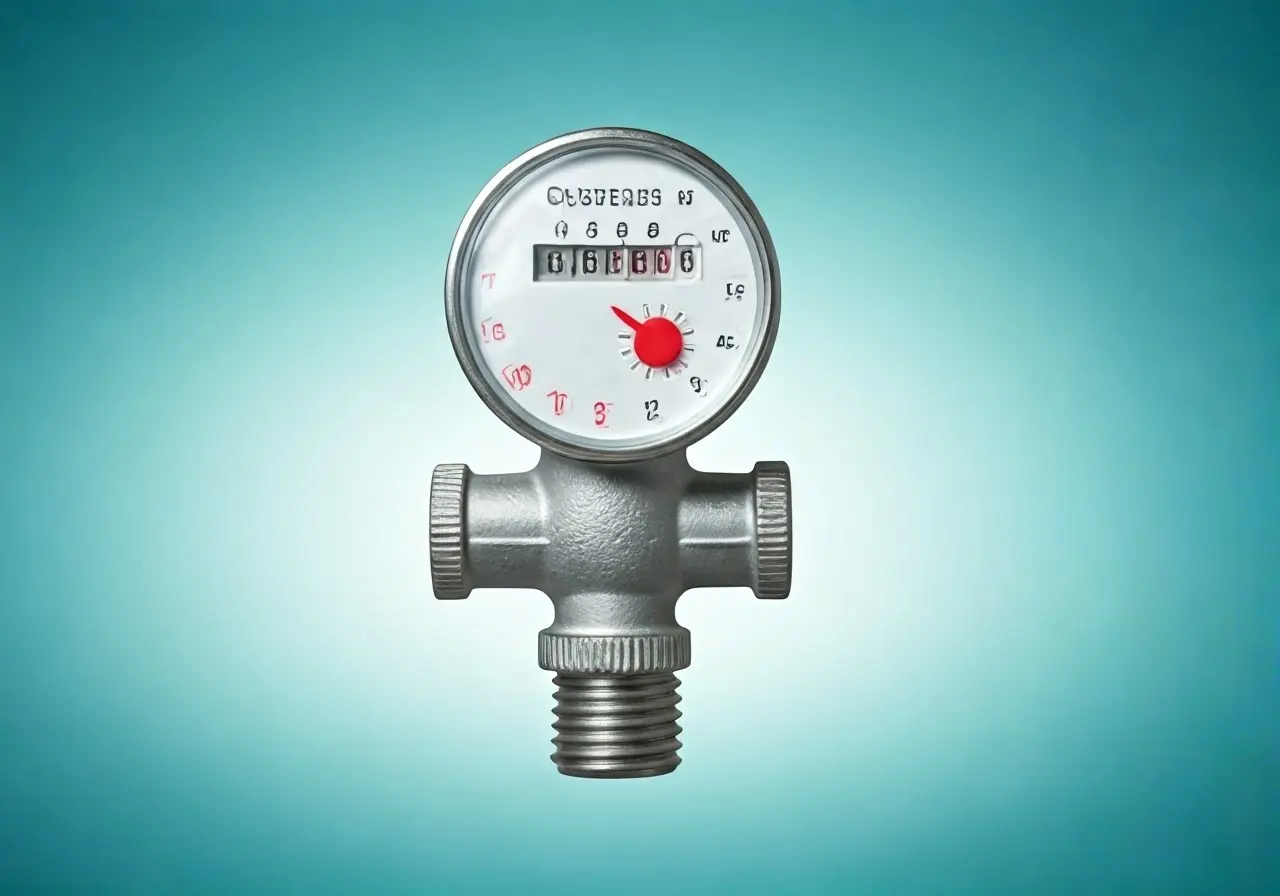Summer brings sunshine, warmth, and longer days, but it can also mean higher water bills as we try to keep cool and maintain our gardens. Fortunately, there are simple and effective strategies you can implement to curb your water usage and reduce those hefty summer bills. Let’s explore some friendly recommendations to help you save water and money.
1. Fix Those Leaky Faucets
Leaky faucets may seem like a minor annoyance, but they can waste significant amounts of water over time. Check for drips in your kitchen, bathroom, and outdoor taps. Repairing them quickly will help lower your water bill. In fact, a single dripping faucet can waste over 50 gallons a day! Start with a simple test: listen for dripping sounds or check your water meter before and after an interval of no water use. If the meter’s numbers have moved, it’s likely you have a leak somewhere.
Beyond a quick DIY fix to replace worn-out washers or tighten fittings, consider installing smart leak sensors. These devices can automatically notify you of leaks, preventing major water losses. With these insights, you can take swift action to mitigate the issue. For large or hidden leaks, such as those beneath sinks or inside walls, you might need to call in a professional plumber.
2. Upgrade to Water-Efficient Fixtures
Modern, water-saving fixtures like low-flow showerheads and dual-flush toilets can drastically cut water usage without sacrificing comfort. Consider these upgrades to help conserve water. In fact, WaterSense labeled fixtures can reduce water usage by at least 20%, leading to substantial savings on your bill.
If you’re not ready for an entire fixture overhaul, you can still make significant improvements by adding aerators to your sink faucets. These small, cost-effective additions infuse air into the water stream, reducing flow without compromising pressure. Such changes not only conserve water but also enhance the efficacy of your daily routines.
3. Be Smart with Your Sprinkler System
Water your garden during the early morning or late evening to prevent evaporation. Ensure your sprinkler system is properly adjusted to only target your plants and lawn, not sidewalks or driveways. Studies show that watering more deeply but less often encourages strong root growth in your lawn and garden, improving drought resistance and water efficiency.
Consider upgrading to smart irrigation systems which adjust based on weather conditions. These systems can automatically skip watering sessions when rain is forecasted, providing incredible savings over time.
4. Utilize Rain Barrels
Collecting rainwater in barrels is an effective way to reduce municipal water usage. During the summer, thunderstorms can quickly fill rain barrels with ample water for your garden. This free resource saves treated water for other needs and supports more sustainable gardening. According to the Hillsborough Soil and Water Conservation District, implementing rainwater harvesting is an easy step toward conserving this precious resource.
5. Mindful Dishwashing Practices
Running a full dishwasher instead of handwashing can save gallons of water per cycle. If you prefer handwashing, fill the sink rather than letting the tap run continuously. Not only does a modern dishwasher use significantly less water, but it also saves time and effort.
Consider scraping off food remnants instead of pre-rinsing dishes. Modern dishwashers are equipped to handle some food scraps, provided plates are not overly soiled. This practice can lead to additional water savings without compromising cleanliness.
6. Take Shorter Showers
Cutting down your shower time by a few minutes can lead to substantial savings in water usage. The Environmental Protection Agency reports that an average family could save over $70 annually by reducing shower lengths and optimizing the use of WaterSense-approved shower heads.
For even more efficiency, consider setting a timer for short intervals or installing a water-efficient showerhead to reduce flow. Using eco-friendly practices in the bathroom can save hundreds of gallons of water monthly.
7. Plant Drought-Resistant Flora
Opt for native and drought-resistant plants in your garden. They often require less water and maintenance, keeping your garden beautiful and your water bill low. Native landscaping is an environmentally friendly option that can significantly slash your irrigation needs, while also promoting local biodiversity.
Many cities offer support, including rebates, for residents wanting to install such sustainable landscaping solutions. Not only does this practice lower your own water use, but it also reduces the demand on community resources during peak summer months.


